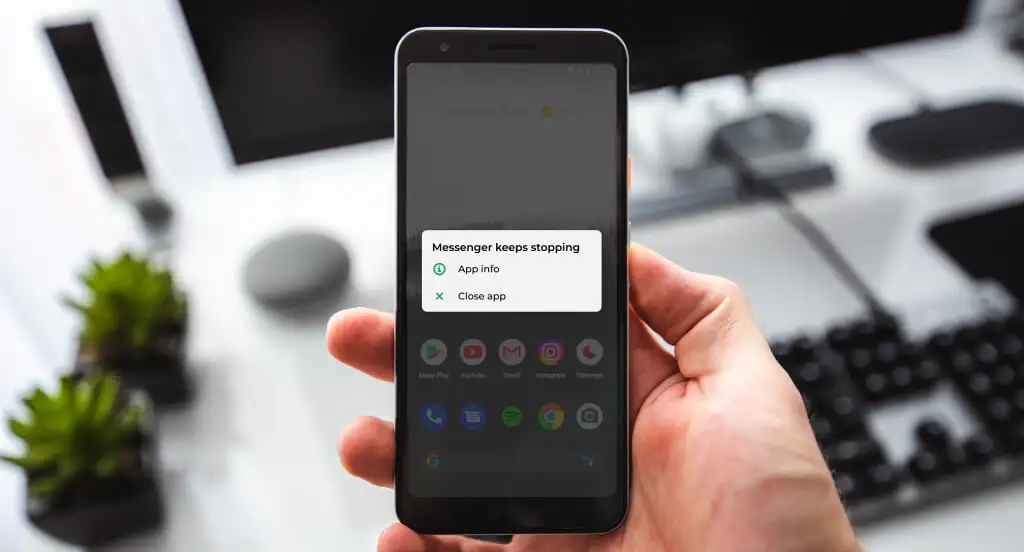Tips for using a tablet as a productivity tool
Welcome to Blackview (Well-known brand of military grade rugged phone and tablet) blog. Hope the guide helps.
Tablets are more than just entertainment devices—they can be powerful tools for getting work done. Whether you're a student, a professional, or just looking to stay organized, here are some tips for using a tablet to boost your productivity.

1. Choose the Right Apps
The apps you use on your tablet can make a big difference. Look for productivity apps that help with tasks like note-taking, project management, and file storage. Popular apps like Microsoft Office, Google Docs, and Evernote are great for creating and managing documents on the go.
2. Use a Keyboard and Stylus
Typing on a tablet screen can be slow. If you plan to do a lot of typing, consider getting a portable keyboard. A stylus can also help with note-taking, drawing, or editing documents. It makes working on creative tasks and writing by hand easier and more accurate.
3. Organize Your Home Screen
Keeping your tablet's home screen neat and organized will save you time. Place your most-used apps in folders or on the main screen, so you can access them quickly. Many tablets also let you add widgets, like to-do lists or calendars, which can help keep you on track.
4. Use Cloud Storage
Working across devices is easier when you use cloud storage services like Google Drive, Dropbox, or OneDrive. This way, you can save your files online and access them from anywhere, whether on your tablet, phone, or computer.
5. Set Up Multitasking
Many tablets allow you to open more than one app at a time, either in split-screen mode or with floating windows. This can help if you need to look at a document while responding to emails or taking notes during a video call.
6. Take Advantage of Voice Assistants
Using voice assistants like Siri, Google Assistant, or Alexa can make your tablet even more productive. You can set reminders, search the web, or dictate notes just by speaking, saving time and keeping your hands free.
7. Manage Notifications
Too many notifications can be distracting. Go into your tablet's settings and adjust notifications so that you only get alerts from important apps. You can also use "Do Not Disturb" mode during meetings or focused work time to avoid interruptions.
8. Check Your RAM
When it comes to performance, RAM plays a key role. If you're running multiple apps at the same time or handling large files, more RAM will help your tablet run smoothly. How much RAM does your tablet need? Generally, 4GB is enough for everyday tasks, but for heavier workloads like video editing or gaming, 6GB or more might be better.
9. Keep Your Tablet Charged
A dead tablet won’t do you any good. Make sure you charge your tablet regularly and carry a portable charger if you're on the go. Some tablets also have battery-saving modes that can help extend your tablet's life when you’re running low on power.
10. Update Software Regularly
Regular software updates often include important security patches and performance improvements. Make sure to keep your tablet’s operating system and apps up to date to avoid issues and keep things running smoothly.
By following these tips, your tablet can become a valuable tool for work and productivity, helping you stay organized and efficient, no matter where you are.






